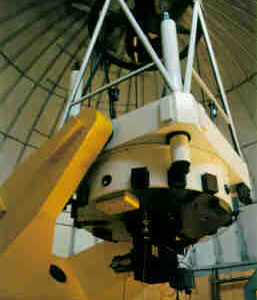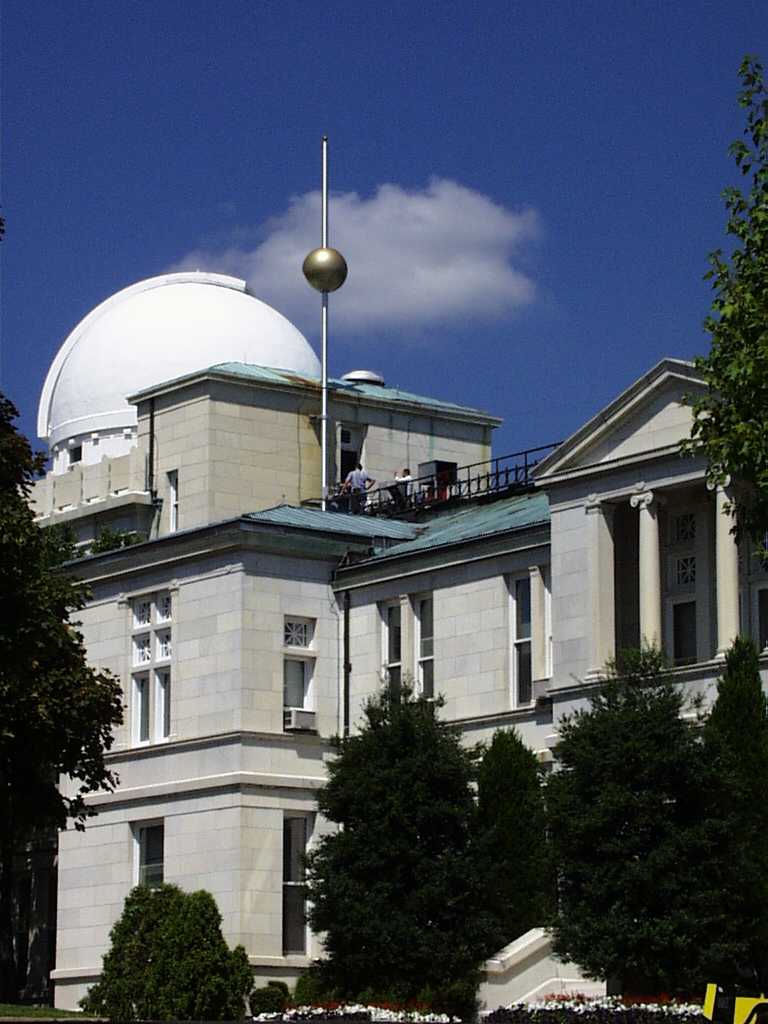
Aside from its scientific mission, since 1974, the Observatory is the official residence of the Vice President of the United States. Air Force and it performs radio VLBI-based positions of quasars with numerous global collaborators, in order to produce Earth Orientation parameters. Bodily tides provide key information on the interior structure, evolution, and origin of the planetary bodies. USNO also has an "Alternate Master Clock" site in Colorado Springs, CO which, with the "Master Clock", provides precise time to the GPS satellite constellation run by the U.S. Navy's higher elevation United States Naval Observatory, Flagstaff Station (NOFS) near Flagstaff, Arizona. Today, the observatory's primary observational work is done at the U.S. United States Naval Observatory 762 Follower:innen auf LinkedIn. Located in Northwest Washington, D.C., it is one of the pre-1900 astronomical observatories located in an urban area at the time of its construction, it was far from the light pollution thrown off by the (then-smaller) city center. Combining that data, the Master Clock is, a s the Time Service Department’s chief scientist Demetrios Matsakis told Motherboard, “the most precise continuously operating system ever constructed to measure anything.The United States Naval Observatory (USNO) is one of the oldest scientific agencies in the United States, with a primary mission to produce Positioning, Navigation, and Timing (PNT) for the U.S. DAVIS, Superintendent of the United States Naval Observatory at Washington, has forwarded a copy of his report for the fiscal year ending June.


Each of these types of clocks measures time a little differently and come with their own strengths and weaknesses. The Master Clock isn’t just one timepiece, it’s actually derived from an “ intelligent average ” of dozens of separate atomic clocks, including Cesiums, Cavity-Tuned Masers and Rubidium Fountains. Since t ime is space and space is time, you can’t know one without measuring the other: When you fire up Google Maps to determine your location “ an accuracy of 10 nanoseconds (10 one-billionths of a second) corresponds to a position accuracy of 10 feet,” according to the Naval Observatory. One of the many scientific duties of the Naval Observatory is the determination and promulgation of information in connection with all solar and lunar eclipses.

Naval Observatory because of small differences in the latitudes and longitudes used for the calculations. In the case of GPS, the Master Clock helps carefully measure the travel time of electromagnetic signals between satellites and Earth. Computations may differ slightly from official sunrise and sunset data obtained from The U.S. Mundane parts of daily life like computer clocks and GPS wouldn’t work without its precise timekeeping services. The Master Clock is critical to much of the world’s communications, financial, and scientific infrastructure. Even if you’ve never heard of it, chances are that you use its data throughout the day. is the Master Clock, an incredibly important but little-known cyber system that’s maintained by the USNO’s Time Service Department. United States Naval Observatory 6 December 1830 - The United States Naval Observatory (USNO) is one of the oldest scientific agencies in the United States, with a primary mission to produce Positioning, Navigation, and Timing (PNT) for the U.S. It may not look like much, but this little display outside the U.S.


 0 kommentar(er)
0 kommentar(er)
